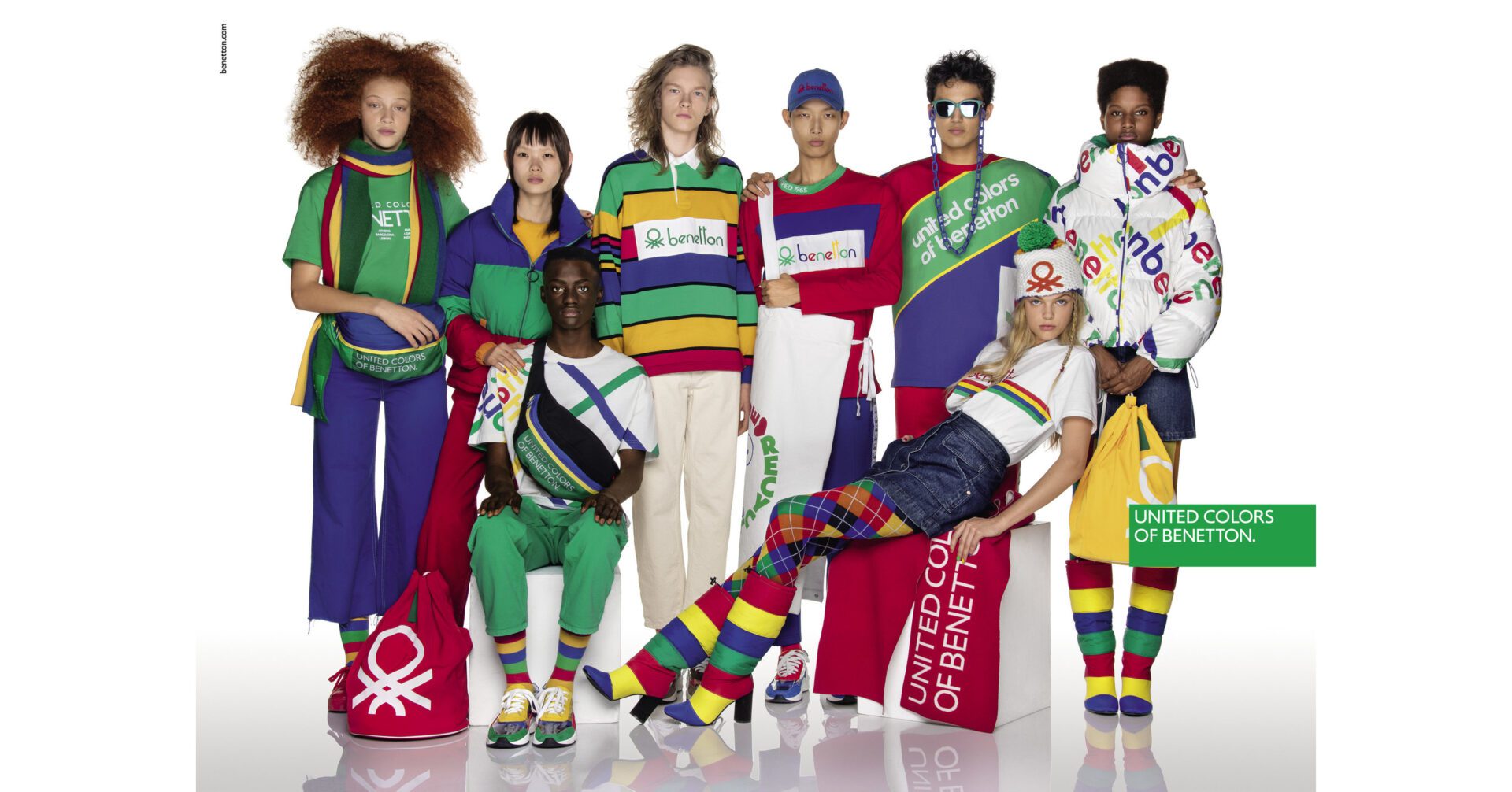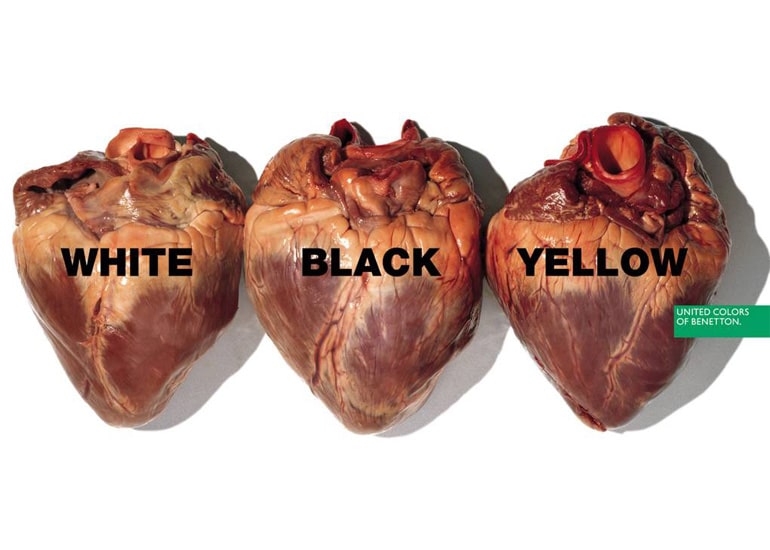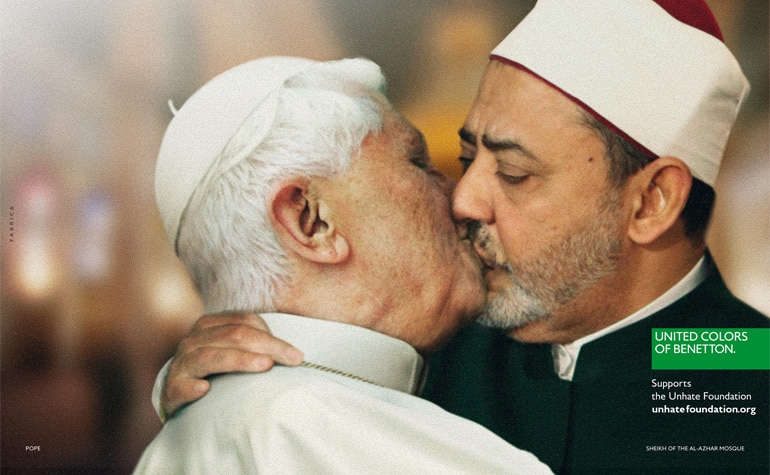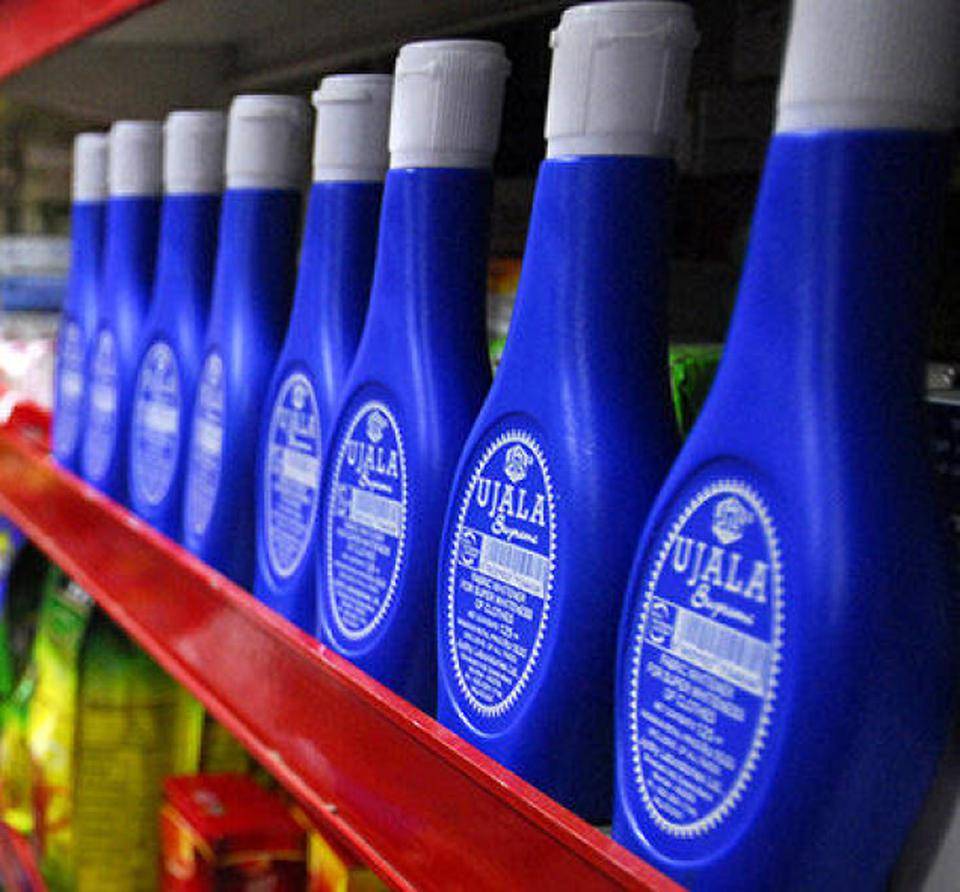Iconic Ads: Benetton – Shockvertising

Benetton decided to put more emphasis on the message and less on the product. This kind of advertising was also called shockvertising
Luciano Benetton admitted that Benetton’s early focus was on ensuring that the product met demand and that they did not have to advertise. When they began exporting, he realised that communication was essential.
Oliviero Toscani first, worked in fashion photography for publications like Vogue and Elle before transitioning into the advertising industry.
It was Luciano’s friend Ello Florucci’s opinion that Toscani would be a perfect fit for Benetton’s image. A meeting was held in Milan in 1982 by him. The company’s decision to begin advertising coincided with its first meeting, which took place over lunch.
Oliviero advised him to put more emphasis on the message and less on the product to be more successful
Toscani asked him: ‘Are you willing to do a publicity campaign that will become the most famous in the world?’ Although his fiancée at the time, many Benetton management and marketing personnel, and even his children were opposed to this campaign when Oliviero proposed it, Luciano was open to Oliviero’s idea.
Luciano called Oliviero a couple of months later, as he was delivering a foal from one of his Appaloosa mares at his property in the Maremma district of Tuscany, and asked if he would be interested in working with him.
There were no specific instructions or limits for Oliviero to follow from Luciano, other than that the campaign had to be highly unusual and international. Luciano had figured that the traditional system of advertising with a different campaign for each country wasn’t going to work for the brand. He also sought to convey the company’s values to the public.
To promote his children’s clothing business, Oliviero decided to utilise teddy bears in place of actual children.
They aimed to come up with concepts that were more than just “selling the product” but provocative. Despite their best efforts, some of the campaigns have at times been misconstrued by the public.
The advertising, according to Luciano, appealed to his target group of 18-to-34-year-olds, who lacked the historical context of prior generations and were used to the haphazard use of language and pictures. He defended the use of the pictures, claiming that Benetton’s advertisements were meant to do more than just sell a product; the campaigns, he claimed, were meant to inspire people to take action.










